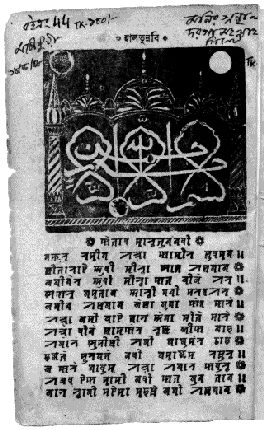|
Sylheti
Sylheti may refer to: * Sylhetis, an Indo-Aryan ethnolinguistic group in the Sylhet division and South Assam * Sylheti language Sylheti ( Sylheti Nāgarī: ; bn, সিলেটি ) is an Indo-Aryan language spoken by an estimated 11 million people, primarily in the Sylhet Division of Bangladesh and in parts of Northeast India."Sylheti is an Indo-Aryan language spok ..., a language of the Sylheti region * Sylheti Nagri, a writing system of the Sylheti region See also * Sylhet (other) * {{dab ... [...More Info...] [...Related Items...] OR: [Wikipedia] [Google] [Baidu] |
Sylheti Language
Sylheti ( Sylheti Nāgarī: ; bn, সিলেটি ) is an Indo-Aryan language spoken by an estimated 11 million people, primarily in the Sylhet Division of Bangladesh and in parts of Northeast India."Sylheti is an Indo-Aryan language spoken by about 11 million people in India and Bangladesh (Hammarström et al., 2017). Sylheti is an Eastern Indo-Aryan language, primarily spoken in the Sylhet division of Bangladesh, and in Barak valley, in Assam of the India and in the northern parts of the state of Tripura in India." Besides, there are substantial numbers of Sylheti speakers within diaspora communities in the United Kingdom, the United States, Canada and the Middle East. It is variously perceived as either a dialect of Bengali or a language in its own right. While most linguists consider it an independent language,"Along the linguistic continuum of eastern Indic languages, Sylheti occupies an ambiguous position, where it is considered a distinct language by many and also ... [...More Info...] [...Related Items...] OR: [Wikipedia] [Google] [Baidu] |
Sylhetis
The Sylheti () are an Indo-Aryan ethnocultural group that are associated with the Sylhet region in South Asia, specifically in northeast of Bengal presently divided between the Sylhet Division of Bangladesh, and the Barak Valley of Assam, India. There are sizeable Sylheti populations in Hojai district of Assam, the Indian areas of Meghalaya, North Tripura and Manipur's Jiribam district. They speak Sylheti, an Eastern Indo-Aryan language, which is ambiguously considered as an independent language, or as a dialect of Bengali."Along the linguistic continuum of eastern Indic languages, Sylheti occupies an ambiguous position, where it is considered a distinct language by many and also as a dialect of Bengali or Bangla by some others." Sylheti identity is associated mainly with a cultural, linguistic and a strong regional identity, while accompanied with a national (of either Bangladeshi or Indian) and a Bengali identity. History In September 1874, the British East India Company mad ... [...More Info...] [...Related Items...] OR: [Wikipedia] [Google] [Baidu] |
Sylheti Nagri
Sylheti Nagri or Sylheti Nagari ( syl, , ISO: , ), known in classical manuscripts as Sylhet Nagri (, ''Sileṭ Nagri'') amongst many other names (see below), was an Indic script used to write the Sylheti language and Eastern Bengali languages. The script was historically used by Muslims from Bihar Province of British India in areas of Bengal and Assam Province that were east of the Padma River, Padma, primarily in the eastern part of the Sylhet region, to document Muslim religious poetry known as ''puthis''; having no presence in formal documentations. In the course of the 20th century, it has lost much ground to the standardized Eastern Nagari script. Printing presses for Sylheti Nagri existed as late as into the 1970s, and in the 2000s, a Unicode font was created for the script. Etymology and names ''Sylhet Nagri'' is a compound of "Sylhet" () and "''nāgrī''" (). ''Sylhet'' is the name of Sylhet region, the region in which the script was primarily used and originated from ... [...More Info...] [...Related Items...] OR: [Wikipedia] [Google] [Baidu] |

